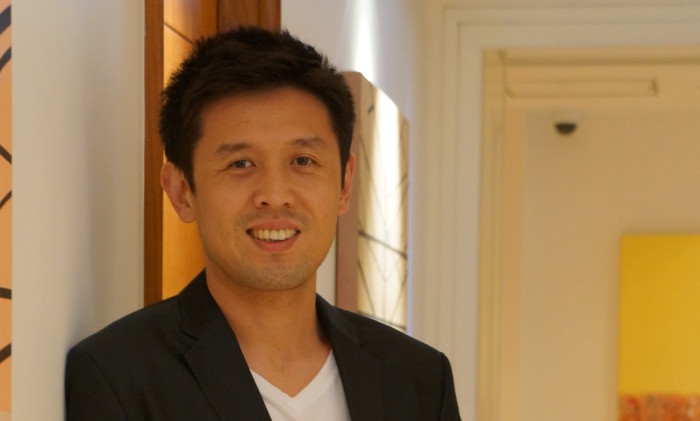marketing-interactive.com

It is very tempting to write something on digital and social media when asked about the future of marketing. But those phenomena, as game-changing as they are, are commonplace today and no longer amorphous things of the future. As they stand today, however, digital and social media are mere platforms for communications.
How these platforms evolve into future trends is very much dependent on users – possibly even the next generation of users – and thus, it is akin to gazing into a crystal ball when trying to predict the next big thing.
If trends are not predictable, then the constant will be the key to the future of marketing. The concepts “constant” and “future” may appear to contradict each other as the world obviously doesn’t stand still.
But identifying the “constant” works very well in an unpredictable scenario – in this case, the constant that exists is the edge in your communications. The future of marketing is really about the edge in your communication messaging and you may not need to go very far to find the answer as to why there is a need for this edge when looking at the future of marketing.
Just look at the youth today. They represent the future and there’s something about their way of life that didn’t exist before in previous generations such as social currency, status, recognition – and the need to be seen living their life the way they do.
Being young today is much tougher now than in the past and when you study the social strategy of the most “popular” youth or influencers, it is all about cut-through and having an edge in their communications – or, in this case, their postings or their status updates. After all, everyone uses the same social media platforms and has the same social currency, so they need to stand out and get their message across to their audience (that is, their friends).
The study of their communication techniques – such as special privacy settings, distinct style of photography, provocative writing – can help marketers shape their communications as they seek ways to break through the clutter.
Now, link this back to marketing.
Everyone is talking, but the one that has the edge in his or her message execution – like what the youths are doing today – is the one that will get noticed and the rest will fade into background noise.
The work for marketers, therefore, has become far more complex as a result. Gone are the days when you create one key visual and apply it across different platforms.
Moving forward, there is a need to tailor different creatives for different platforms as each of them caters to different levels and different types of “noises”. This poses a challenge as budgets are not getting larger, while the media market continues to fragment further. So having an edge in your messaging becomes ever more critical in tackling these challenges.
This then shines the spotlight on individual marketers which, in my point of view, exposes the fact that the end product is only as good as the marketer’s raw ability.
The conversation on what defines “edginess” can be easily delegated to the marketing agencies, but we all know it’s the marketers themselves that control what gets to see the light of day.
Thus, it is important for them to possess the skill of intuition to collaborate with the agencies to decide on what this edge is and deliver it. This is not restricted to just the creative idea, but also in media planning where marketers rely on reach and frequency numbers for their marketing mix.
But with digital platforms being more and more a mainstream medium today, and with TV rating points dropping and print circulation shrinking, the future of media planning will begin to shape up differently soon.
But it hasn’t happened dramatically yet.
In a small city such as Singapore, it is easy for us to take the first step towards foregoing the R&F numbers and use experience and intuition to execute our media mix. By simply taking the plunge, it just might give you an early mover advantage of creating the edge before it becomes the norm.
Research is another area which can be replaced by intuitive decisions moving into the future.
There are categories that use lots of research to find out insights about their consumers, but do bear in mind that all your competitors are doing the same and the insights are probably not going to be very different. This means the end product will end up similar and lack differentiation. This can be seen especially in the food category where you always see a group of families and friends enjoying the same old product.
As Albert Einstein once said: “The intellect has little to do on the road to discovery. There comes a leap in consciousness, call it intuition or what you will, and the solution comes to you and you don’t know why.”
Intuition leads to imagination and delivers cutting-edge communications. So the future of marketing is not about what the next hot platform is or what the next game-changing app is.
The future of marketing is really about the skills marketers need to possess to navigate the unpredictable media trends generated by that next hot platform or game-changing app. It’s all about the intuition marketers need to possess to survive the ever-changing media playground.
No comments:
Post a Comment